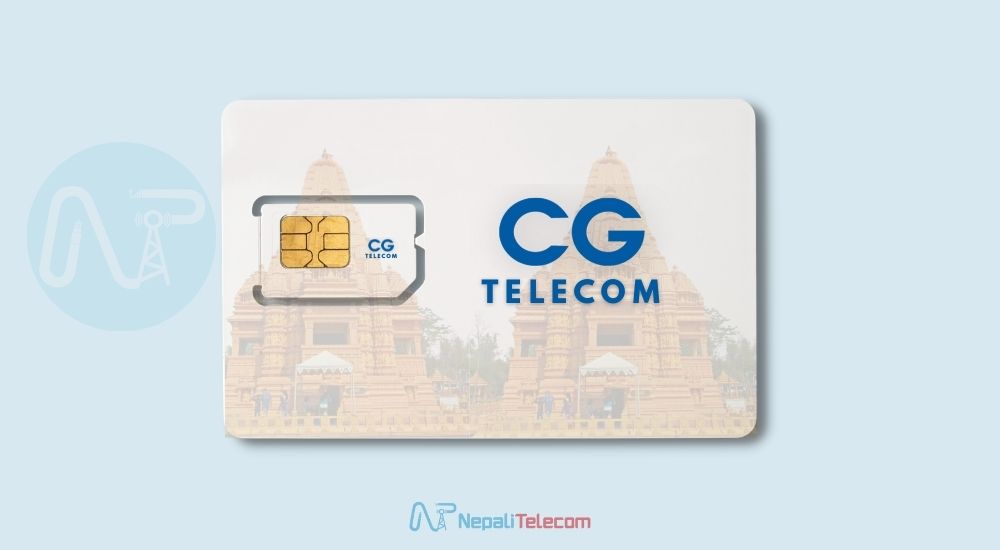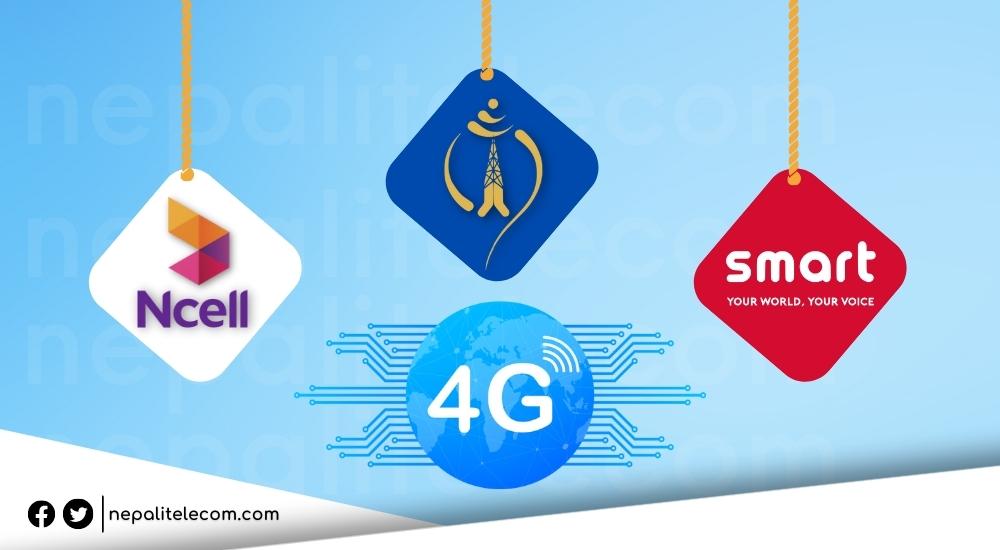The telecom industry witnessed some remarkable and some not-so-remarkable developments in 2023. From the “real launch” of MDMS, telcos losing their operating license to major mid-hill optical fiber project completion, and growth in fiber and 4G users, (and how can we forget the sensational TikTok ban!) this year saw another 12-month period of ups and downs. Here in this post, we list some of the key trends and events that transpired in the mobile and telecom industry in Nepal in 2023 AD.
Key developments in Telecom industry in Nepal 2023
- Achievements and events of telecom industry in 2023 in Nepal: An overview
- Axiata Berhad exits Nepal
- Government banned TikTok
- Mid-Hill fiber project completes and gets ready for infrastructure-sharing
- MDMS and TERAMOCS delays and controversy
- Another great year for Nepal Telecom Fiber expansion
- Nepal Telecom announced the “Model District” initiative
- A year of telcos losing license
- 5G still a no-show “for the public”
- 4G, VoLTE and eSIM proliferation
- NTA directive to stop selling old SIM cards
- WiMAX, CDMA shutdown
- 1 Gbps and 2 Gbps fiber internet packages
- Social media rules passed
- Radio frequency policy 2080 approved
- 2023 has been the year of the AI chatbots
- Flagship smartphone launch
- Smartphone chipsets getting better
- Redmi continues to dominate smartphone market
- Year of Nepali accessories brand
- Things we want in 2024
Achievements and events of telecom industry in 2023 in Nepal: An overview
In 2023, we had many events and trends that continued their contribution to the Digital Nepal goals. The optical fiber internet expansion saw a remarkable milestone reaching 74 districts in total. At the same time, 4G continued to connect new rural and remote areas. While the year didn’t get to see a revolutionary service introduction such as eSIM and VoLTE this year, these very services reached more mobile users. MDMS went into full implementation! and TERAMOCS controversy spiraled.
One of the infamous highlights of the year was the Malaysian telecom giant Axiata announcing to exit from Nepal citing business challenges. Additionally, the government decided to ban TikTok in Nepal and rallied the regulator, ISPs, telcos, and all to ensure that access is curbed. Let’s learn more about what happened in the digital space of Nepal in the year 2023 and hey! HAPPY NEW YEAR 2023 Nepalitelecom.com readers!
Axiata Berhad exits Nepal
Let’s start with the biggest attention-grabber from telecom in 2023 in Nepal- Axiata Berhad Group that owned Ncell decided to exit Nepal citing difficult business challenges in the country. On December 01, Axiata shared a deal with Spectrlite UK for Ncell stakes for $50 million. As soon as the news broke, the decision shook the country and dominated headlines but not in the positive line with the focus being the cost of the deal.

Ncell has presented “facts” to highlight that the deal was in line with prevailing regulations and laws in Nepal. However, the people’s representative seems unconvinced. The State Affairs and Good Governance Committee of Parliament has directed the government to change the necessary rules to bring Ncell under government ownership. Currently, the government is waiting on the report from the investigation committee that will confirm whether Axiata’s sale of Ncell stakes comprises any illegitimate practice and intent.
Check out: Latest Ncell Data Packs With Volume, Price, and Code
Government banned TikTok
Social media users and lovers had to bear with this firecracker. On November 13, the government of Nepal announced a ban on TikTok. The reason- its adverse effect on social and family cohesion. The decision was followed by the directive to Ntc, Ncell, and all the ISPs in Nepal to block TikTok on their network thus blocking users’ access to the popular video-sharing app. The stance continues to divide the public with the proponents of the rights calling it a breach of freedom of expression while others likened it to censorship on the public. There are others who welcomed the decision and had long called for the government to make the move.
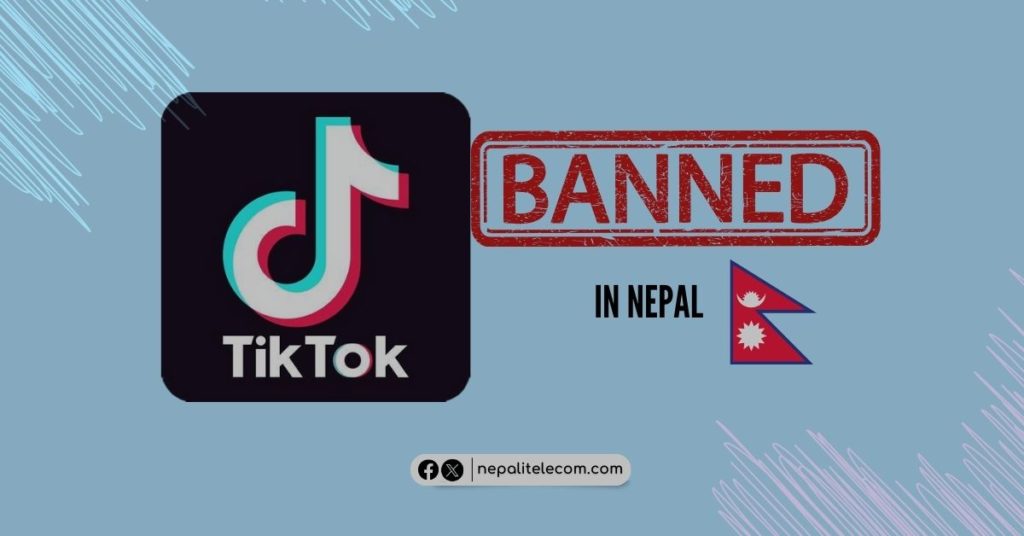
Many users resorted to using VPN and DNS to access TikTok but even that’s not working for many at the moment. Petitions have poured in, but the hearing will be processed next Nepali year only.
This may interest you: How does Tiktok work through VPN and DNS, Is it safe?
Challenges mounting for telecom companies
This year was another struggle for communication service providers in Nepal. This was testified in its extreme by Axiata’s decision to leave Nepal. The company cited a challenging business environment to sustain. Ncell’s license is due to expire in 2029 and will have to pay a humongous Rs 20 billion in renewal fees. At the same time, the telco’s profit has been declining for a long.
The government-backed Nepal Telecom is also facing the sting. The company earned Rs 7.80 billion in profit in FY 2079/80 while it generated Rs 8.47 in FY 2078/79. Companies blame low-cost data packs, OTTs, and low interconnection rates for the fledgling revenues and profits. Noticeably, Ntc and Ncell are the two operating companies in Nepal but telecom industry faces challenges at large. Axiata’s leave also reflects how the government policies and fees don’t make it any easier for the companies.
Mid-Hill fiber project completes and gets ready for infrastructure-sharing
In another worthy highlight of telecom development in Nepal, 2023 also saw the completion of the Mid-Hill Telecommunication Optical Fiber Project” in Koshi Province. This backbone project is part of Nepal’s Information Highway infrastructure project. Nepal Telecommunications Authority (NTA) and Nepal Telecom collaborated on this project. What’s so significant about this project is that it’s up for infrastructure sharing with willing companies that want to expand fiber and mobile communication within the district. NTA has determined bylaws and pricing structures for infrastructure sharing.
It’s said that about 50 lakh people will be the potential beneficiaries of this Mid-Hill optical fiber backbone network. It’s one of the modern-day foundations for the expansion of communication services. In the coming years, it will likely play a pivotal role in achieving the digital transformation of Nepal.
MDMS and TERAMOCS delays and controversy
This year, NTA says to have switched on MDMS for full implementation but there have been reports of no system installed for automatic provisioning of the blocking. The system is expected to curb the spread of grey phones and help users, traders, and the government in terms of taxes from legitimate channels. The system requires users to register their unregistered phones in the NTA MDMS system. All the legitimate phones coming from authorized channels are pre-registered though.
Another NTA’s project TERAMOCS procured by the authority to monitor service quality has faced questions over possible corruption. Already engulfed in suspicion about whether it would be used in phone tapping, the latest development has further darkened its prospect of coming into operation. Recently, the Public Account Committee determined that there could have been some irregularities and has directed an investigation. Read here for details: CIAA to investigate TERAMOCS purchase; Public Account Committee suspects irregularities
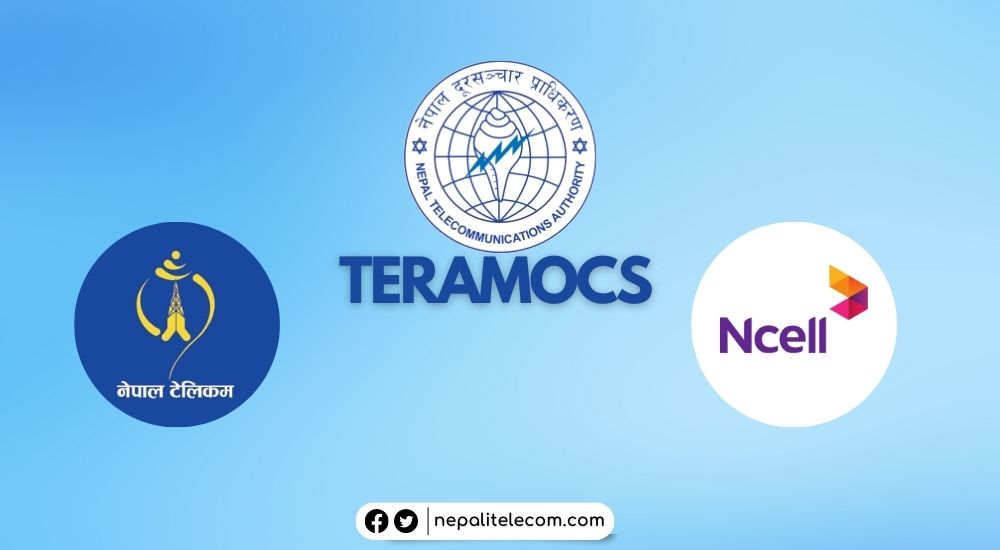
Talking of the controversies, former NTC MD Sunil Paudel including 9 was embroidered in the National Payment Gateway system purchase corruption allegation. The system was bought for Rs 25 crore but without having the infrastructure in place. Paudel was replaced by the incumbent and Ntc insider Mrs.Sangita Pahadi at the post.
Another great year for Nepal Telecom Fiber expansion
Optical fiber has been expanded 15000 kilometers from last year’s 12,230 kilometers during the same period. Nepal Telecom has extended its fiber internet service in 74 districts after service launch in Koshi with only three districts yet to get the high-speed FTTH service from the state-backed company. At the same time, fixed broadband coverage has reached 39.67% from 35.71% in a year’s period. Mobile broadband coverage reached 94.88% from 93.18%. 4G continues to tap into new rural and remote areas. As of now, the high-speed mobile broadband connectivity has reached 63.81% of the population. Nepal Telecom (NTC) 4G is available in 98% of local bodies.
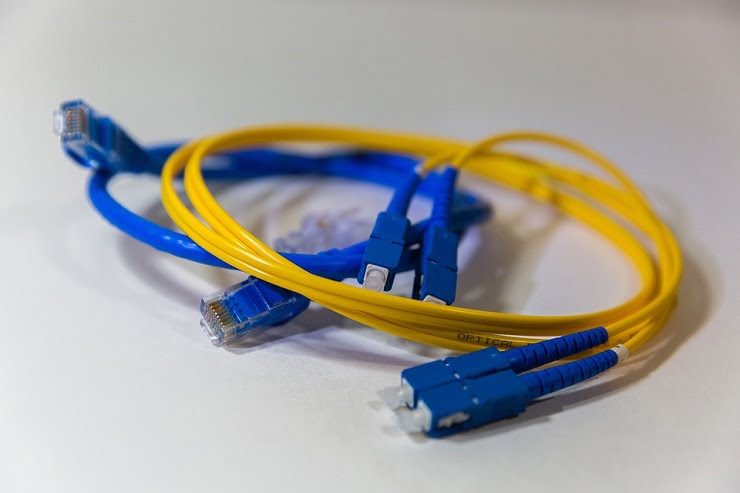
NTA data shows that fiber internet users are in around 28 lakh unique numbers. Of all, WorldLink has the highest customer base with a whopping 8.11 customers across Nepal while Dish Home recently became the second largest ISP with over 3.17 lakh subscribers.
This year, Nepal Telecom had plenty of copper to fibration migration exchanges, and by 2024, all the traditional exchanges could shift to fiber. Similarly, the 4G broadband in the name of Ntc’s Namaste Wifi or Ncell Wirefree home internet has become the fiber alternative in 4G covered areas.
Nepal Telecom announced the “Model District” initiative
In what should be another telecom development highlight of 2023, Nepal Telecom announced a Model District project to provide high-quality broadband services. The company has identified 19 districts including the Earthquake-hit Jajarkot and Rukum West in the first phase to provide sample services. This program will cater to high-quality services in all 19 districts in settlements, tourism, and religious sites. Ntc will ensure that customers will get high-quality, consistent mobile and NT Fiber (Nepal Telecom fiber internet) services. Likewise, service installation, maintenance, and bill payment will also be possible via call centers.
Communication Minister Rekha Sharma directed this game-changing initiative in the current Fiscal Year FY 2080/81 as part of plans and programs for the company. Also read: Nepal Telecom to provide customer services even in extra hours in Kathmandu
A year of telcos losing license
In the telecom industry, we can safely say that 2023 will be remembered for telcos losing licenses. This year, Smart Telecom, UTL, and CG Telecom all lost their operating license. Smart Telecom was affected most as it was still in operation. Smart Cell lost its license after failing to pay its dues to NTA which amounted to about Rs 30 billion in renewal, fines, and other fees.
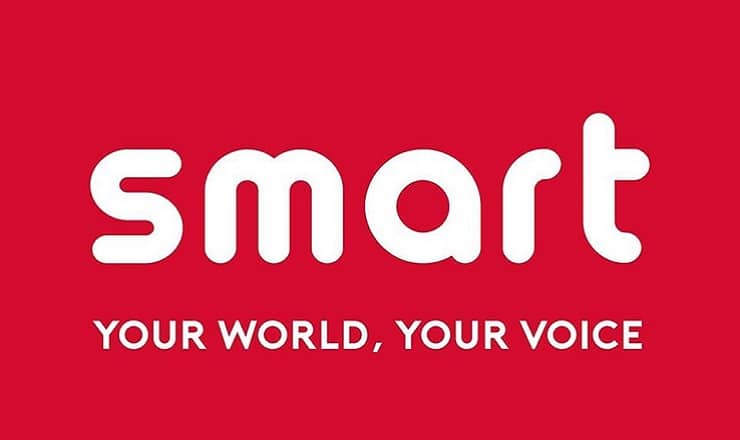
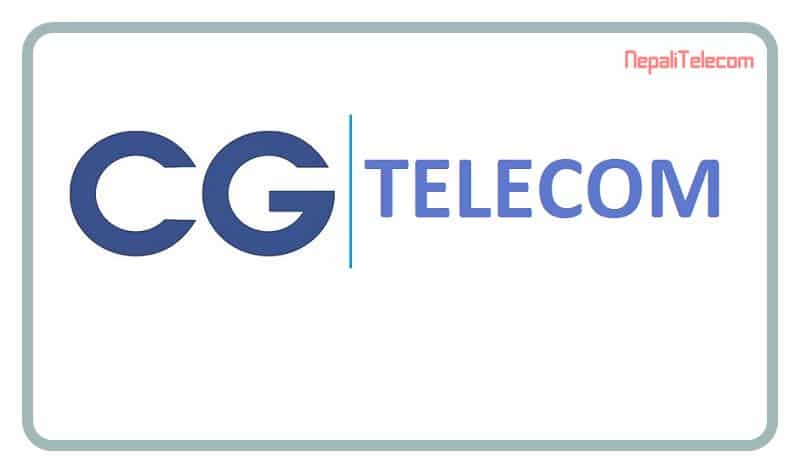

Some argue that the license renewal charges and frequency fees are exorbitantly high and that the telcos could not sustain and succumb to it. UTL and CG Telecom also lost their license for communication services for similar reasons. NTA has made a provision that allows it to take back unused frequencies from telcos and that will happen in UTL’s case. Both UTL and CG Communications were not operational for years.
Check out:
- UTL’s telecom license revoked, NTA asks to contact within 30 days
- CG Loses License for Rural Telecom Service, Revoked Automatically
5G still a no-show “for the public”
There were expectations that 2023 would bring 5G to the public but that didn’t happen. Nepal Telecom started 5G trial on its 19th anniversary however, those trials remained within the company’s offices. The company has received the 2600 MHz band frequency with a bandwidth of 60 MHz spectrum for the initial tests. Currently, Ntc 5G trials are happening in Kathmandu, Pokhara, and Birgunj.
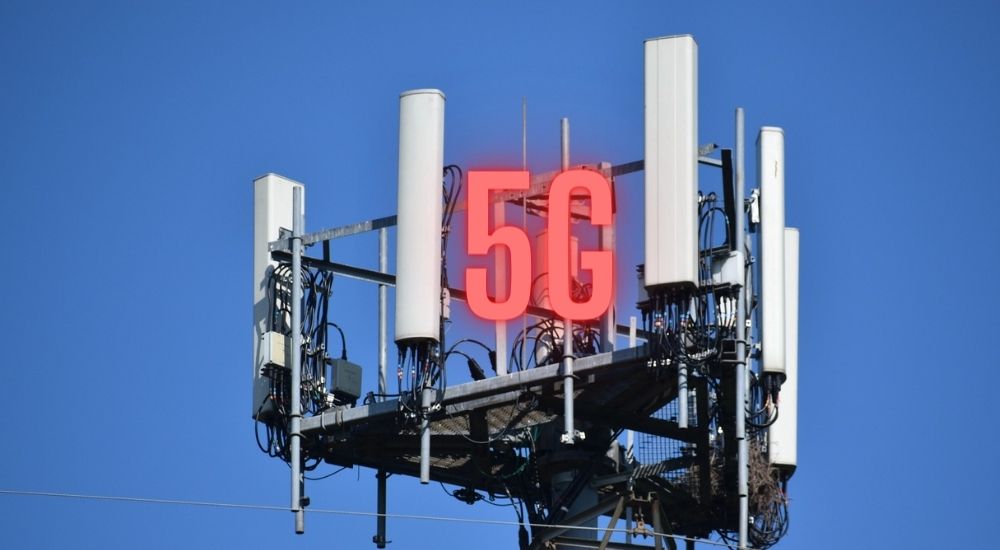
The plan is to test the network in other cities (provinces). The company has attributed the lack of 5G phones in Nepal to getting the high-speed mobile network to the public. At the same time, the private telco Ncell continues to wait for its 5G approval from NTA. Not getting 5G has to be one of the telecom highlights of 2023 in Nepal.
Read next: Ncell is Ready for its 5G Trial
4G, VoLTE and eSIM proliferation
For the good news, the 4G user base reached 2.02 crores shared between Nepal Telecom and Ncell. As per the latest NTA report, Ntc boasts over 1.33 crore 4G users while Ncell serves over 68 crore. As is known, both companies offer VoLTE and eSIM which is available on compatible phones.
Find in detail:
- Ncell eSIM Launched, How to Activate it on Your Smartphone/ Ntc eSIM Launched All-Nepal | Learn How to Activate?
- Ncell VoLTE is Now Commercially Launched | How to Activate / Ntc Commercially Launches VoLTE | Process to Activate
4G continues to reach more areas which sets the foundation for the 5G upgrade later. Companies can use the existing 4G/LTE infrastructure for 5G upgrade in the Non-standalone architecture before switching to the Standalone one. Read here: 5G SA vs NSA: How Each Deployment Differs, Pros and Cons
NTA directive to stop selling old SIM cards
In another huge development, Supreme Court ordered the mobile service providers to stop selling recycled SIM cards. This could effectively end old number range SIM cards such as 98510, 9841,9801 from being recycled to new users. This is expected to protect the privacy of mobile users. Previously, companies could redistribute disbanded SIM cards after 6 months of cooling period. Check out: How to check own Ntc, Ncell mobile numbers?

WiMAX, CDMA shutdown
As newer technologies come forward, older technologies get cast away. WiMAX and CDMA were both completely shut down this year. These are older technologies and as GSM mobile service with 4G reaches more areas, others get sunset. There are also chances that legacy networks will be phased out but that’s when 5G launches & expands far and wide.
Read detail:
- Nepal Telecom Shuts Down CDMA Service, All Services Now On GSM Technology
- NTC Ends its WiMAX Internet Service, Migrates Users to 4G LTE
1 Gbps and 2 Gbps fiber internet packages
Nepal Telecom had another interesting year. The company launched XG-PON FTTH fiber internet package bringing 1 Gbps and 500 Mbps plans. This advanced technology enables Ntc to theoretically provide 10 Gbps download and 2.5 Gbps upload speed. These high-speed packages are available for enterprises in Kathmandu and will expand to other areas soon. Each comes with unlimited voice and IPTV (NT TV) services too.
Upping the speed game to the next level, Nepal’s leading internet service provider (ISP) Vianet launched 2 Gbps XGS-PON FTTH internet package. This extremely fast Package enables 4K content consumption, large file downloads in seconds, and whatnot. Just like Ntc’s this package is capable of providing symmetrical download and upload speed of up to 10 Gbps.
Social media rules passed
This year, the cabinet approved the “Directives Regarding the Management of Social Media Use, 2080” prepared by MoCIT. This directive defines what users should refrain from doing on any social media operational in Nepal. The government has stressed child and women’s safety in its list of social media rules. Don’t miss: Social media rules in Nepal: List of what you can’t do?

Radio frequency policy 2080 approved
The Radio Frequency Policy Determination Committee passed the Radio Frequency Policy which was prepared by the Nepal Telecommunication Authority (NTA) and approved by its board on 2080-06-30. The policies seek to create “a level-playing field” for all service providers in Nepal and create a competitive market to ensure high-quality services.
The provision includes a multiple of 5 MHz bandwidth for service providers and adopts technology neutrality for all the frequency bands. There is also regulation for maximum, additional, and minimum frequency in different bands. and defines the base price for spectrums. All that is to be allocated by Spectrum Auction, happening soon, most probably in 2024.
Check out: History and Development of Telecommunication in Nepal: Milestones
2023 has been the year of the AI chatbots
One of the awe-inspiring achievements of 2023 at least in tech is the introduction of AI chatbots. Starting the wickedly powerful AI tools, OpenAI kicked off with ChatGPT, an intelligent AI chatbot that can respond to queries in a human-like tone, reply to follow-up questions, and even write poems and stories. Powered by Large Language Models (LLMs) GPT 3.5 and now GPT-4, this deep learning algorithm can even solve coding-related questions. Since ChatGPT went viral, Google brought Bard then Gemini AI in response to OpenAI. X (formerly Twitter), Microsoft, Amazon, and Chinese companies have also followed suit. 2023 will be the year of LLMs and AI chatbots.
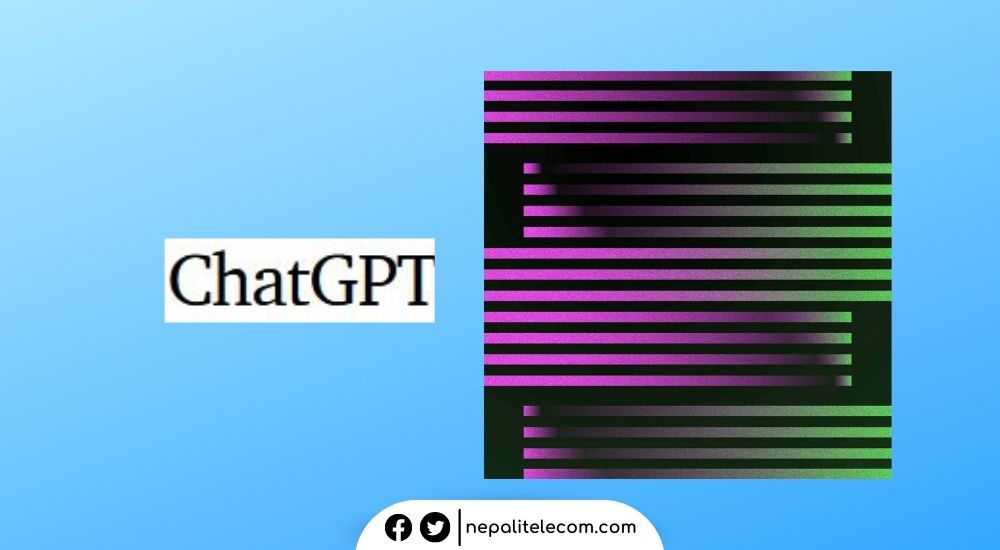

Flagship smartphone launch
This year, major smartphone OEMs namely Samsung and Apple launched their next-generation flagship smartphones. Samsung launched the Galaxy S23 series in February 2023 which consists of Galaxy S23, Galaxy S23 Plus, and Galaxy S23 Ultra. Each comes with a Snapdragon 8 Gen 2 chipset, 8 GB to 12 GB RAM, and 128 GB to 1 TB internal storage. All models feature 5G connectivity but miss out on satellite communication. The South Korean phone maker is slated to launch the Galaxy S24 series in January 2024. Check out: Samsung Galaxy S24 Ultra: Everything we know
Apple, on the other hand, launched its iPhone 15 series on September 22, 2023. The series consists of iPhone 15, iPhone 15 Plus, iPhone 15 Pro, and iPhone 15 Pro Max. The base model and the Plus variant come with the A16 Bionic chipset while the Pro models get the flagship A17 Pro chip. The US tech giant has continued satellite connectivity in its latest lineups.
Smartphone chipsets getting better
In the smartphone trend, the chipsets also called System on a Chip (SoC) tech are also getting better. The A17 Pro is built using a 3nm process while the Snapdragon 8 Gen 3 also utilizes the same. At the same time, Mediatek Dimensity 9300 went official with a 4nm chipset. The S8G2 that goes under the S23 series uses a 4nm process. TSMC has even announced a plan for 2nm technology already. Huawei’s Mate 60 Pro demonstrated that the company can develop 5G chipsets with its 7nm chip. In chipset manufacturing, the lesser nm means better as it means more transistors on a chip, for better efficiency and performance.

Talking of 5G connectivity, not just flagship ones, but midrange units are also coming with 5G support including the POCO M6 5G smartphone. You won’t now have to cough up above 70 or 80 thousand to get the next-generation cellular technology support on your device. The current trend shows that 5G phones’ prices are coming down way cheaper and you may even get them in phones under 30000 commonly in the future.
Redmi continues to dominate smartphone market
In terms of smartphone sales, Redmi continues to dominate the market. This year, Xiaomi offshoot continued its enviable market presence with steady performance. While the economic recession didn’t help much, Redmi continued leading from the top. In particular, Redmi Note 12 5G, and Redmi Note 12 Pro were some of the most popular and most sold phones in Nepal. when it comes to affordable phones with the best specs, Redmi seems to be the default choice for consumers. While Samsung seems unabated in the A series with its A14, A34, and A54 Phones.
In another development, CG struck a deal with Nothing to bring Nothing smartphones and accessories in Nepal. The British brand produces smartphones and earbuds. Now, they will come officially via CG in Nepal.
Year of Nepali accessories brand
While the same handful phone brand dominated Nepali market, the trend has been set for launching new Nepali brands for mobile accessories. Mostly in the audio domain, many new Nepali brands like Kick, Ultima, Josh, Gravity, Purple etc. look for fair share of the value for money earphones, speakers. Hope they would compete well with the India brands like boat, Mivi etc, in the price and quality, in 2024.
Things we want in 2024
Well, technology always evolves, and change is the only constant. However, there are a few things that we would want to come into reality. One of them would be the ability to test a 5G network. Many have bought 5G phones in anticipation of using them, however, this continues to slip. But we wish that Ntc gets us the fifth-gen cellular network next year. Also, as technology and innovation proliferate, 5G devices might get cheaper than ever next year.
2023 has been a year of development of satellite connectivity globally and we would wish upcoming flagship phones to come with it including the Galaxy S24 series. So that the phones will be future-proof when satellite-to-mobile connectivity for normal calls becomes a reality. It goes without saying that we would want cheaper phones with better specs. It’s not needed to say thanks to mid-range devices however, we can’t get enough.
Check out: 5G Network in Nepal | Current Status, Spectrum
We are also eager for better consistency & quality of 4G and fiber services. The operators need to come out with innovations in technology and services, and that’s the only way they can overcome the surmounting challenges ahead. Service providers do provide attention to customer services but still, they could be improved. More generous data packs and charming content streaming platforms are also some of the worthy inclusions in our Wishlist. The government should also implement more lenient policies for telcos to ensure commercial viability which could start with an amendment to the Telecommunications Act. The public has waited a long for a third and competitive telecom company in Nepal and let’s hope that substantiates in 2024.
What do you think about the list of telecom developments in Nepal in 2023? What were the highs and lows and your Wishlist for 2024? You can contribute with your own in the comments below and HAPPY NEW YEAR 2024 AGAIN!!!.






